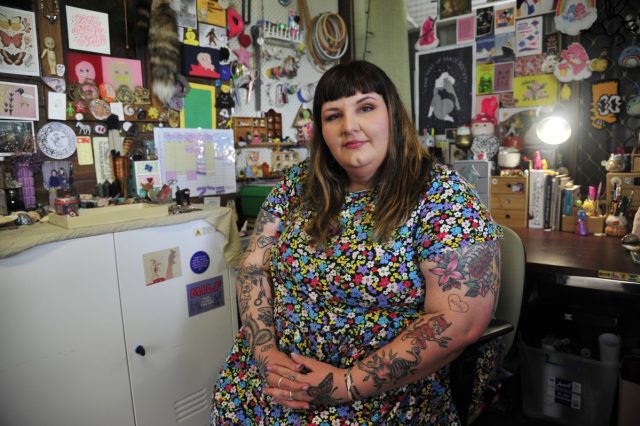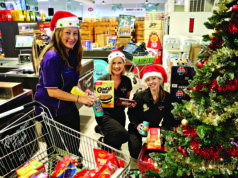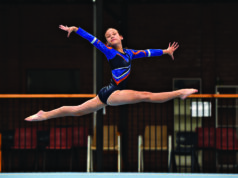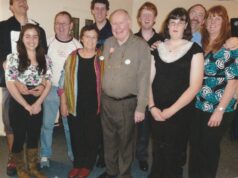Seeing high-profile women such as Clementine Ford and Em Rusciano talk candidly about their Attention-Defecit/Hyperactivity Disorder [ADHD] diagnosis led to Parkwood woman Carla Adams receiving her own diagnosis at age 37.
She is one of a seemingly growing number of women receiving an ADHD diagnosis later in life, and in ADHD awareness month, she’s urging other women to see their GP and get checked out.
ADHD affects, more than one million Australians but according to ADHD Australia, 75 per cent of people with ADHD are yet to be diagnosed, and about one-third of those one million Australians are aged between 7 and 17.
There is anecdotal evidence, however, that suggests many young woman, like Ms Adams, have the disorder.
She said it was the media exposure Ford and Rusciano that prompted to her to think about her own situation and potential symptoms.
“I think like everyone I was under the impression ADHD was a teenage boy thing,” she said.
“There are so many things that can appear in ADHD and not everyone’s ADHD is the same, for me, I’ve got terrible executive dysfunction, I can’t prioritise what needs to be worked on first.
“Nobody wants to do the hard things like cleaning, but when I say I don’t want to clean it’s actually I can’t clean, there’s a real mental block there.
“There’s also various sensory issues that I always thought were just personality quirks, but they’re actually linked to ADHD and form part of my experience with it.”
After what she said was a smooth diagnosis process, Ms Adams said the reaction of her friends changed after she received her official diagnosis.
“There’s a belief that women are better at masking their ADHD symptoms, which I think is true, which makes getting a diagnosis harder.
“There was an immediate relief to get the diagnosis, I’m not a bad person because I can’t pay attention to people’s conversations, but also with the diagnosis came a self-inspection element, you start noticing things you do and it makes sense to you now.

“When I was talking about ADHD before the diagnosis, a lot of people were telling me they had the same symptoms and I was almost gaslighting myself about those symptoms being problematic.
“Those conversations changed when I was diagnosed and my friends have been super-supportive.
“It still comes down to people not knowing a lot about ADHD, it’s still seen as that naughty boy disorder.”
ADHD Australia chair Professor Michael Kohn said that while there was no research that shows an increase in diagnosis in young women, there is a heightened level of awareness of ADHD in women.
This can be partially attributed to the numerous high-profile and successful women sharing their diagnosis stories over the last few years – reducing the associated stigmas,” he said.
“As women are more likely to present in less externalised ways than males, they often go through childhood and adolescence without a diagnosis.
“The increase in awareness is now causing these women to seek a diagnosis for the first time so we expect that diagnosis numbers in women will rise as the data becomes available.
“There is evidence to say that male and female brains are different in a range of ways, but in this context, they are different in how they are impacted by ADHD.
“Females with ADHD tend to present later in life with a larger degree of difficulties in mood whereas males present earlier in life with more externalising behaviour and difficulties in emotional regulation.
“Because of this, males come to attention earlier.”














